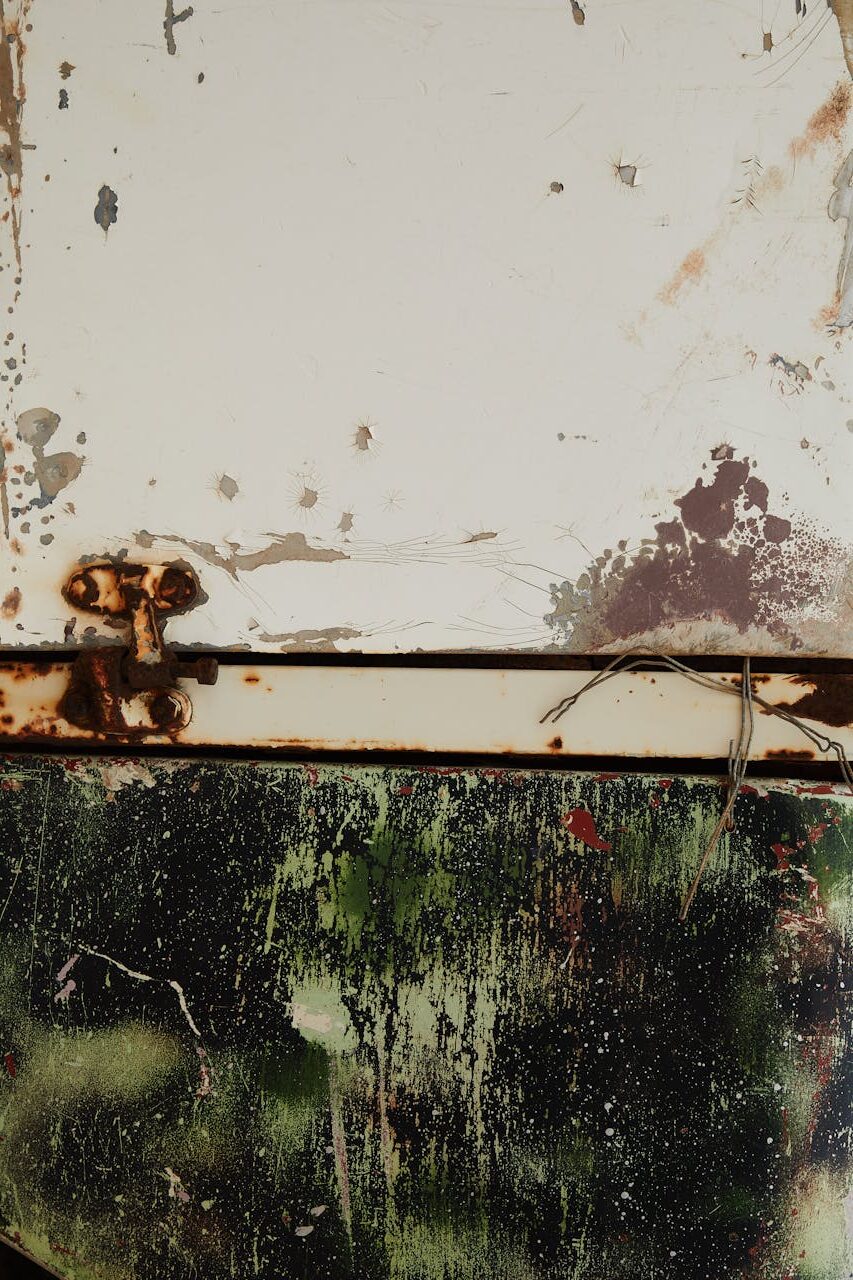When you’re dealing with fasteners, the last thing you want is a hidden enemy causing havoc behind the scenes. Galvanic corrosion is that sneaky troublemaker, especially when you mix different metals. You might think of nuts and bolts as straightforward components, but there’s more going on beneath the surface than you might realize.
Understanding Galvanic Corrosion
Imagine you’ve just replaced some old, rusted fasteners with shiny new ones. You’re feeling pretty good about your handiwork, but in a few months, you notice something disturbing: the new fasteners are corroding faster than you’d expect. What’s happening here? This is the sneaky work of galvanic corrosion.
Galvanic corrosion occurs when two different metals are in contact in the presence of an electrolyte, such as water. The less noble metal (the one more prone to corrosion) becomes the anode, and the more noble one acts as the cathode. The result? Rapid degradation of the less noble metal. So, if you’re mixing materials like aluminum and steel, you might be setting yourself up for a corrosion catastrophe.
Identifying Risk Factors
To avoid this, you need to be aware of where galvanic corrosion might rear its ugly head. First off, take note of the metals you’re working with. Different metals have different electrochemical potentials, which means some combinations are more prone to corrosion than others. For instance, if you’re using aluminum bolts with steel nuts, you’re asking for trouble.
In my own experience, I learned this the hard way. I was helping a friend set up a garden trellis, and we used a mix of aluminum and stainless steel fasteners. I didn’t think much of it until a few months later, when the aluminum parts were practically disintegrating. It was a tough lesson in understanding galvanic corrosion, one that I share with you now to save you from similar headaches.
Choosing the Right Materials
When you’re selecting fasteners, go for materials that are compatible. Stainless steel is a safe bet, but if you need to use mixed metals, make sure they’re as close in electrochemical potential as possible. Sometimes, this means coating or plating one of the metals to prevent direct contact and reduce the risk of corrosion.
Consider this: if you’re dealing with a project that involves metals with vastly different potentials, like copper and iron, it might be worth opting for a coating or isolating the metals with a non-conductive material. This step can save you from the hassle of future replacements and repairs.

Coatings and Treatments
Sometimes, it’s not about changing the materials of the nuts and bolts but about how you treat them. Protective coatings, such as zinc or powder coating, can provide a barrier between the different metals, significantly reducing the risk of galvanic corrosion. These coatings act as a shield, preventing moisture and electrolytes from making contact with the metals.
Remember the time when I tried to refurbish an old piece of furniture? I used mixed metal fasteners, and instead of using coatings, I relied solely on my choice of materials. Unfortunately, this oversight meant that the fasteners didn’t last long. Had I applied protective coatings, the outcome would have been different.
Proper Installation and Maintenance
Even the best materials and coatings won’t save you if you don’t install and maintain your fasteners correctly. Ensure that the surfaces are clean and dry before assembly. Any moisture or debris can create an environment conducive to corrosion. Regularly inspect and clean your fasteners to catch any early signs of corrosion before it becomes a major problem.
I remember a project where I was installing metal panels on a deck. I thought a quick wipe with a cloth would suffice before securing the panels. Unfortunately, this small oversight led to a lot of rust and corrosion down the line. A thorough cleaning would have made a big difference.
When you’re working with mixed metal fasteners, understanding and preventing galvanic corrosion is crucial. By choosing compatible materials, using protective coatings, and ensuring proper installation and maintenance, you can avoid the pitfalls of corrosion. You’ve got this—just keep these tips in mind, and your fasteners will remain in top shape for years to come.
And remember, just like the word ‘ink’ in an old letter, your fasteners’ integrity can be a subtle but crucial detail. Don’t let small oversights turn into big problems. Pay attention to the details, and you’ll save yourself a lot of trouble and expense.
Related Images:

Mindanaoan is a multi-awarded blogger, content creator, seasoned social media strategist and publicist with undeniably successful track record. 2012 International Visitor Leadership Program (for global leaders) alumnus and O visa grantee (for people with extraordinary skills and who have risen to the top of their field). Avid traveler and a proud relief operations volunteer. Regular resource person for social media, blogging and content creation. Available for work and travel – [email protected]

